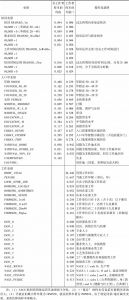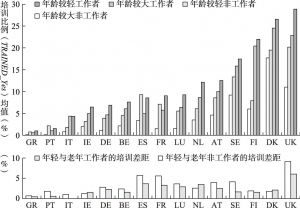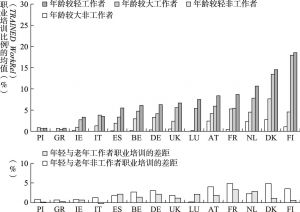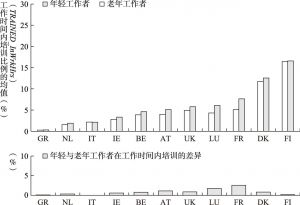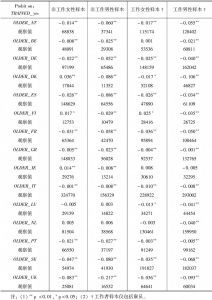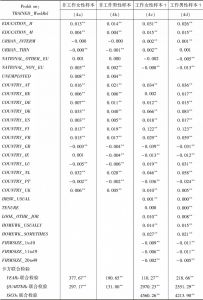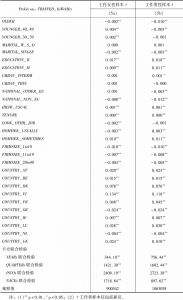论文
老年人培训空白:欧盟劳动力的年龄与培训差距
摘要
本文考察了2004年欧盟扩大前,15个欧盟成员国(EU-15)中劳动力年龄与培训间的关系。该分析使用的是欧盟劳动力调查数据。对经历培训的老年人(50~64岁)与年轻人(20~49岁)进行跨国比较并做出报告。通过分析非工作者与工作者的培训情况来拓展以往的研究内容。在研究中我们还考虑了培训是否与工作相关、培训是否在正常工作时间进行以及培训花费时间等因素。研究结果显示:在调查的EU-15中,老年人不仅不太可能参加一般的培训,而且他们甚至不太可能参加工作类的培训。证据表明,在提高老年人特别是失业老年人的培训率方面还存在相当大的空间。
作者
〔英〕马可·厄科拉尼 菲欧娜·卡迈克尔,英国伯明翰大学伯明翰商学院教授;马可·厄科拉尼,英国伯明翰大学伯明翰商学院高级讲师。
杨小聪 //杨小聪,广州大学公共管理学院讲师。
彭铭刚
检索正文关键字
论文目录
- 引言
- 一 年龄—培训差距决定因素的以往研究
-
二 数据
- (一)培训发生率
- (二)培训与工作的相关性
- (三)工作时间内进行培训
- (四)培训时间
- 三 实证规范
-
四 回归结果
- (一)参与培训
- (二)参与国家特定培训
- (三)与工作相关的培训
- (四)工作时间内的培训
- (五)培训时间
- 五 总结与启示
相关文献
查看更多>>>


